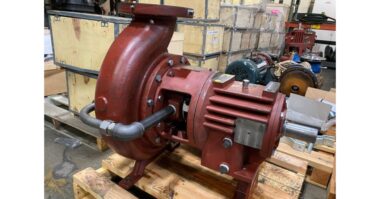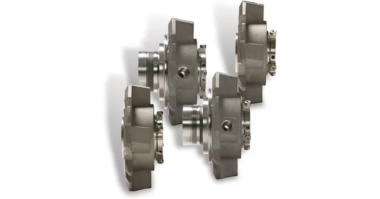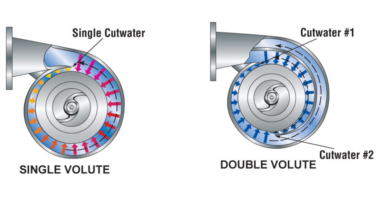A large tomato grower in Central California was having issues with pumps that were being run unattended. Without someone there to watch the pumps continuously, they encountered operational problems.
The fleet of several dozen pumps would see intermittent cavitation, causing pump damage. Bearing failures were another issue. Frequently, debris would enter the pump suction and restrict flow, or in worst cases, trip motors. All of these instances caused downtime to the facility, maintenance staff time and resources, as well as purchase of parts. Additionally, much of the fleet was older, causing issues with spares, and they operate in a tight labor market, so skilled labor for pump maintenance or even more casual labor to monitor the pumps, was hard to secure.
The grower wanted alerts that helped them stop a problem before it turned critical. They became aware of Industrial Internet of Things Monitoring (IIOT) as a possibility. They considered options, and felt that Cornell Co-Pilot™ was the right mix of escalating alerts, geo-location, being able to start and stop the pump remotely, and multiple logins so supervisors and workers can all monitor pumps independently.
One of the first wins the facility saw with Co-Pilot was geo-location. With pumps spread over several thousand acres, being able to precisely track mobile assets was a big timesaver. Later, as technicians were catching problems before they become critical, the additional cost-saving and maintenance value of Co-Pilot came into sharper focus.
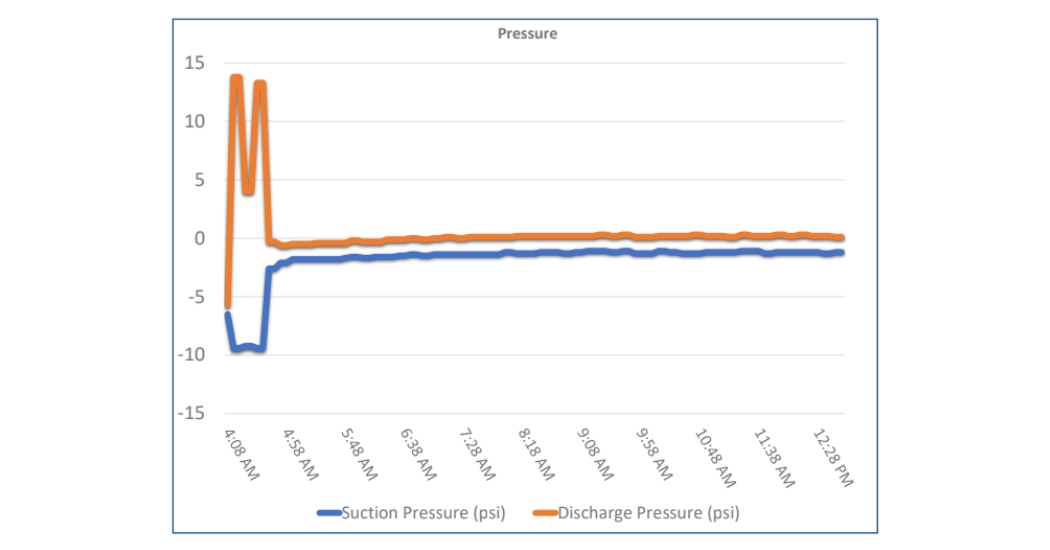 The grower has been operating the Co-Pilot system for more than six months (as of December 2020/creation of app sheet), and in that time they estimate they have saved over $28K in downtime and repairs. The system paid for itself in a few months. The expected five years’ service life of the Co-Pilots could mean more than $150K in savings. That is no small “tomatoes.”
The grower has been operating the Co-Pilot system for more than six months (as of December 2020/creation of app sheet), and in that time they estimate they have saved over $28K in downtime and repairs. The system paid for itself in a few months. The expected five years’ service life of the Co-Pilots could mean more than $150K in savings. That is no small “tomatoes.”
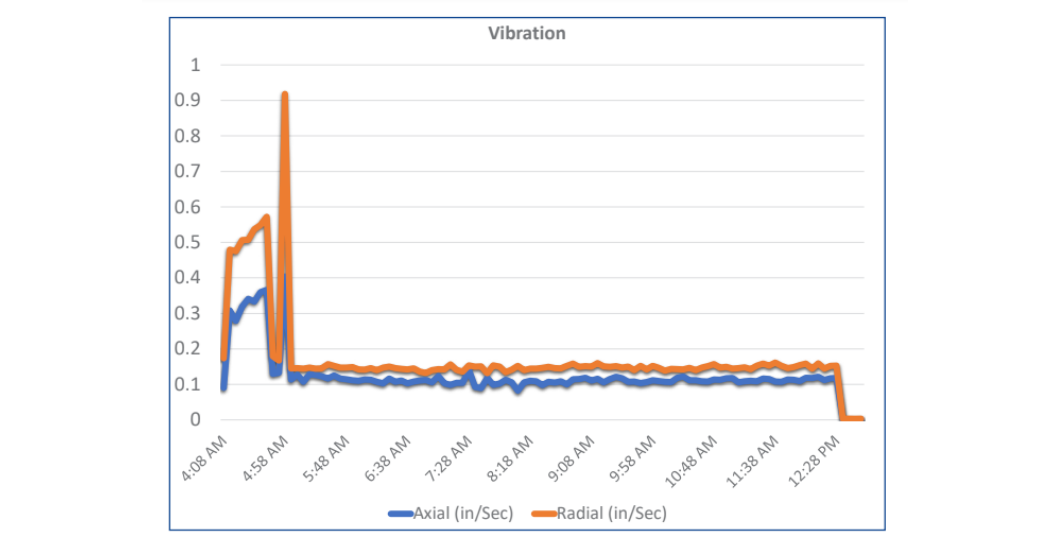
Devices for Industrial Internet of Things (IIOT) monitoring, such as Cornell Co-Pilot, have many advantages to equipment owners and end-users above and beyond seeing how your pump is running right now.
They include:
- Better asset management: Through GPS location tracking, know exactly where a piece of equipment is at all times. Track how often it is moved, when it has been used, under what conditions, and do so quickly.
- Predictive maintenance: As the system learns running conditions and operations, Co-pilot users can better predict when parts will wear, and order and replace prior to a costly unplanned shutdown. Alerts can be set up and sent to immediately notify of out-of-spec conditions.
- Plan Maintenance: Real-time information regarding operating hours, bearing frame temperatures, fuel levels etc. allow maintenance teams to better react and efficiently plan for upcoming equipment service needs. Using GPS location tracking, equipment can be found quickly and serviced as required.
- Better onsite access and understanding: Allows users in front of equipment to easily access dimensional prints, pump curves, operation manuals, and order replacement parts.
- Predictive forecasting: As pump users gather data on their average life cycle for machinery, they can make better forecasts than traditional historical models.
- Greater energy efficiency: Operating the rotating equipment at better points on the pump curve can be possible with operational data. A few percentage points of efficiency gained on a piece of equipment running several thousand hours a year can be thousands of dollars in savings.
- Improved operational efficiency: Smarter, more timely decisions can come from data, offering improved overall efficiency.
- Greater safety: With rotating equipment sending signals—even shutting down—if it is outside of established parameters, the equipment can be run more safely for everyone on-site.
- Business analytics: Data from connected pumps can be analyzed, overlaid, and shared. Mission critical insights can be shared with on-site and off-site teams. Better uses and cases can be explored.
- Reduce warranty claims: By knowing how your equipment is operated, actions can be taken before damage occurs. This reduces downtime to the end-user and protects equipment for the owner, while providing a higher level of customer service.


